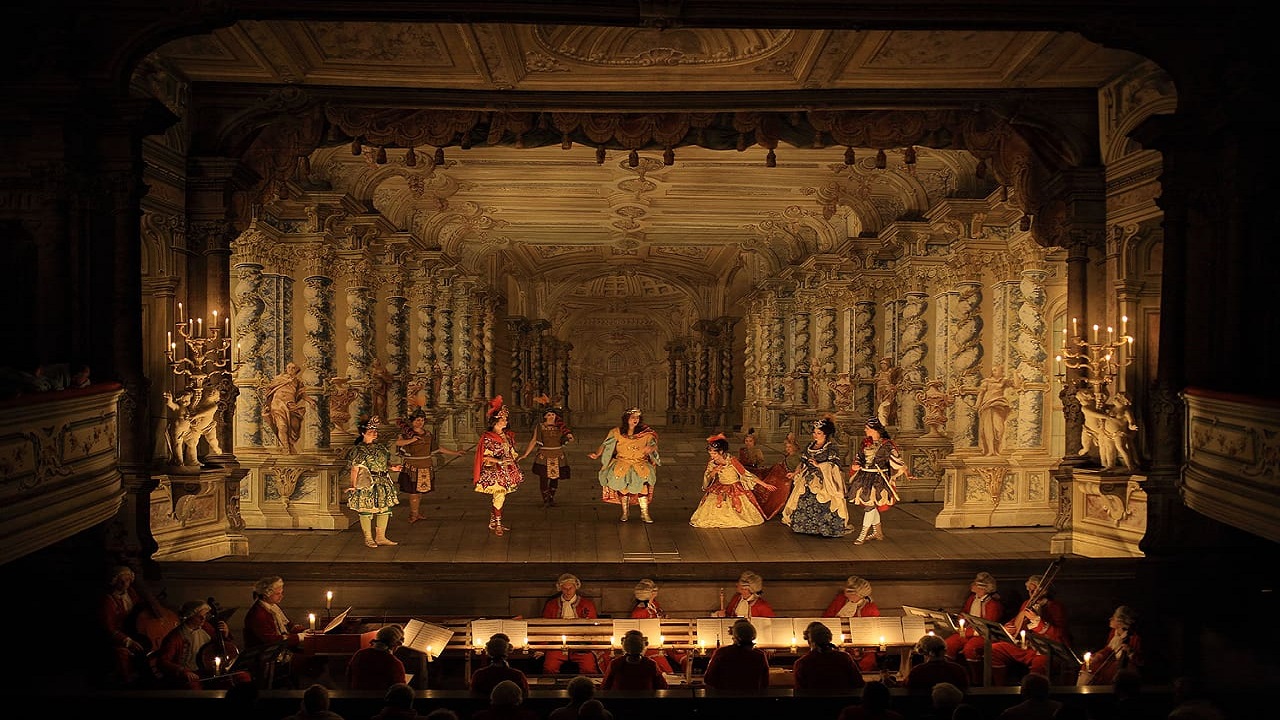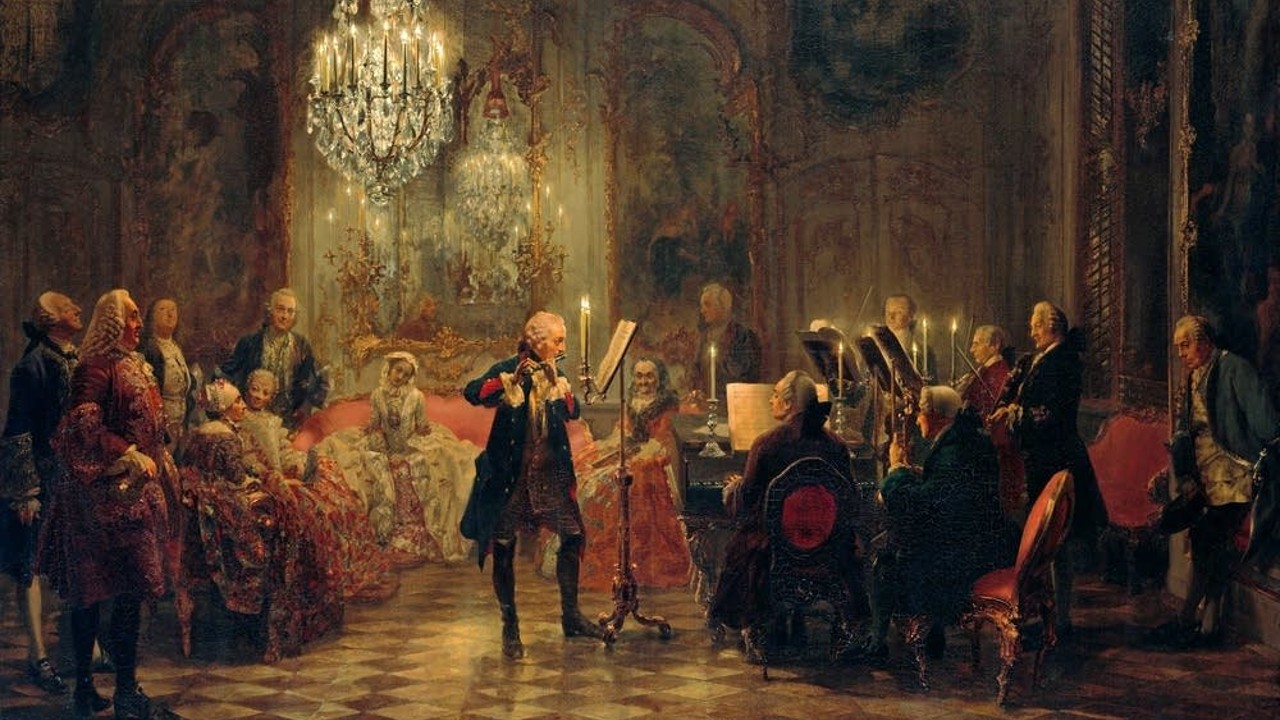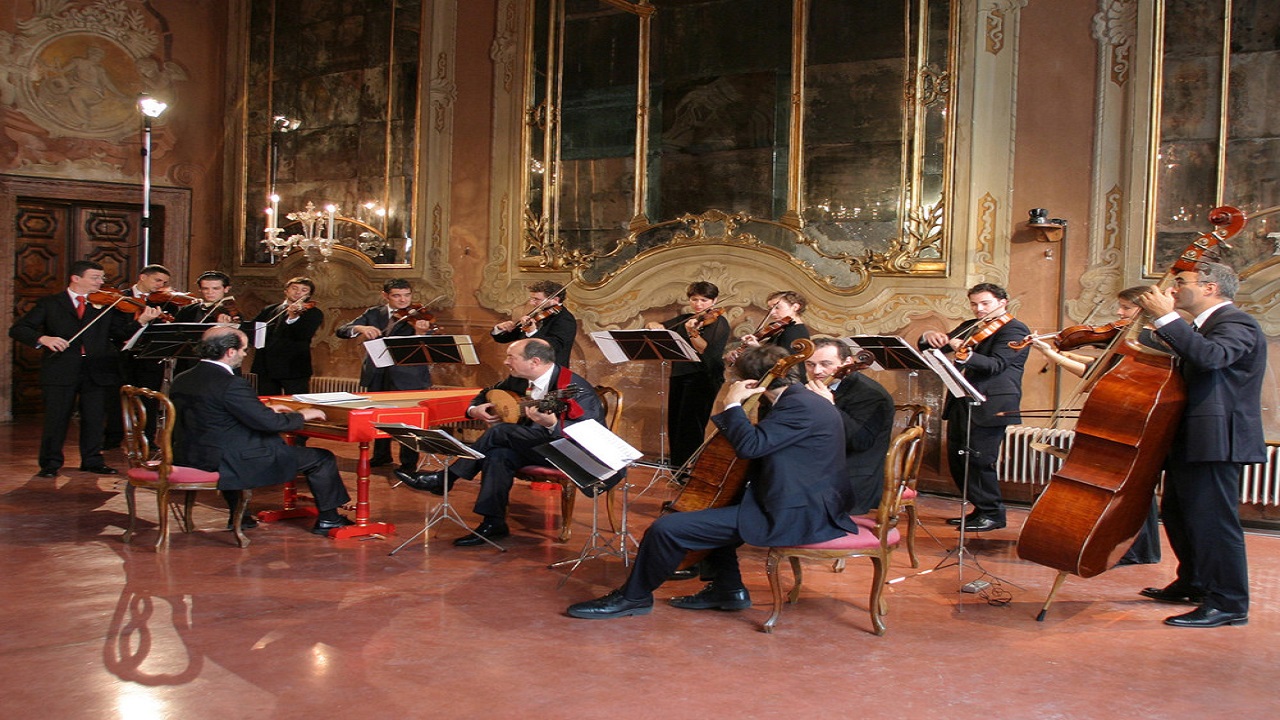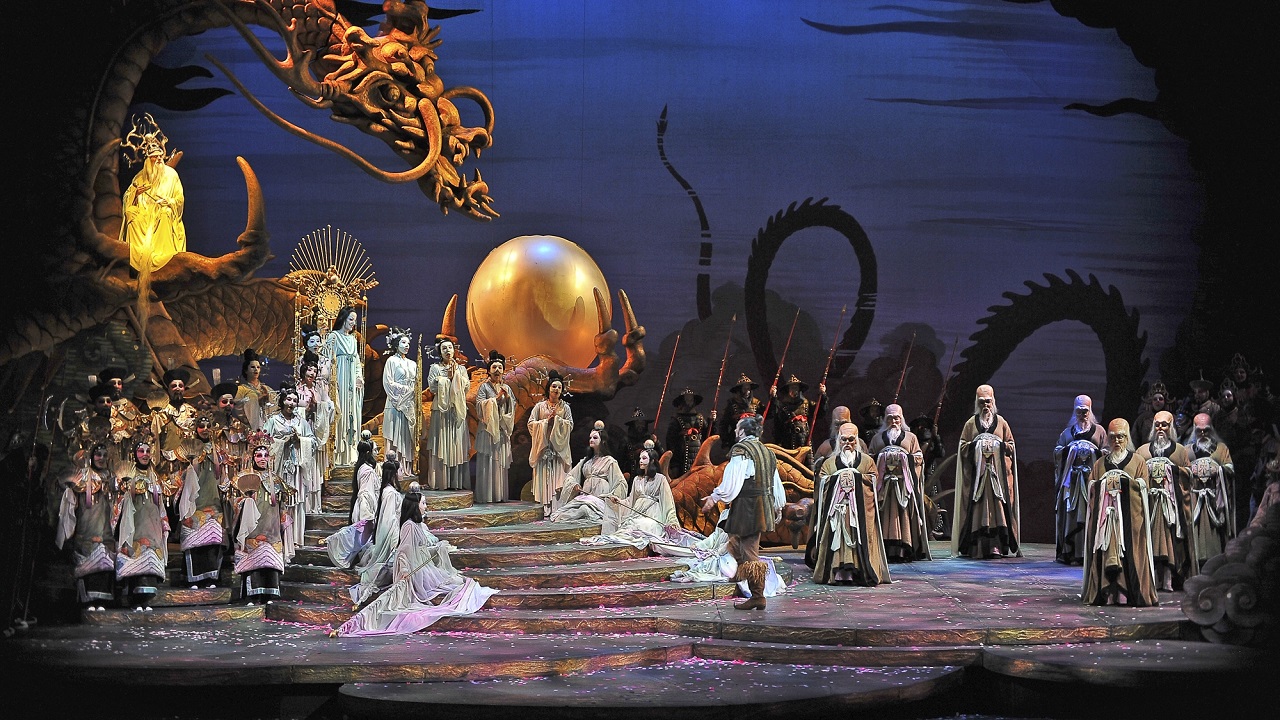It is a little difficult to find a person who does not like listening to music. Almost everyone enjoys some genre or theme of music. The tricky part lies in which theme you like. The subject of this article is Baroque music, which stands out with its pomp and exaggeration. So, what is Baroque Music, one of the elements of the Baroque Period? Let’s take a closer look at its history and features.
Music has many different themes in itself. The fact that art is so diverse and music is widespread also allows for the emergence of many different genres. Of course, not all of these genres appeal to everyone. Many people can listen to different music depending on their mood (or you can just listen to a monotonous theme), but in essence, the saying that music is the food of the soul is quite true. Indeed, listening to music you can increase your concentration or calm yourself down.
But we cannot say that every theme of music is suitable for this. As the biggest example of this baroque music we can say. baroque music, music known for its pomp and exaggeration. Come now from the elements of the Baroque period Let’s examine the history of baroque music and its features. let’s see.
Let’s start with the basics, what does Baroque mean?
If you are not interested in baroque music, it is quite possible that you are not very familiar with this word. As a matter of fact, it is not used much in today’s Turkish. The word Baroque originated around the Middle Ages and was used quite frequently until the end of the 19th century. Term “shapeless pearlIt comes from the Portuguese word ‘Barrocco’ meaning ‘. The word Baroque in its first appearance used by philosophers to describe a logical barrier but later on it also began to be used to express distorted ideas or complex thought processes, and this use of the word continued for a long time.
The use of this word, which we encountered frequently during the Renaissance, in the art community is not much different. Baroque irregularity in the language of art, Representing imbalance and confusion it was used very often. It did not lose its peculiarity of being bizarre or exaggerated until the end of the 19th century. Until 1888 that is. Famous artist this year by Heinrich Wölflin Thanks to his pioneering work Renaissance und Barock, the term took on a new meaning and acquired its own characteristic.
What is the baroque period? Let’s look at its history:

The Baroque period emerged in the 16th century and gave a very different direction to art.. Baroque art movement is also known as the reinterpretation of classicism. Sculptures and paintings by Michelangelo Buonarroti Simoni played a major role in the emergence of this current.. As a matter of fact, the influence of the Baroque period on the art community is indisputable. The fact that many of the themes shaped on art in the period have survived to the present day proves the greatness of the influence of the Baroque period.
Baroque period, adopted by renaissance artists a more detailed, colorful and vibrant way of art, completely changing the style. brought to the fore. Of course, with the change in art, the works made began to differ considerably. Artistic works made as of the Baroque period began to take shape mainly on mythological gods and religious symbols. Especially the legends of Greek mythology Medusa, Zeus, Poseidon were admired in their own time as they are today. On the religious side, pictures with the theme of heaven, apostles or Hz. Jesus was highly admired.
Baroque period “The golden age of self-portraitsIt was also known as ”, and many works published in this period were of great help in characterizing the period in this way. Of course, it was not only the painting side that took its share from this period. Exaggeration of details and feelings of movement architecture, sculptor, music or literature He inspired many different branches such as Baroque in his own way.
Features of the Baroque period:

The characteristics of the Baroque period were reflected differently in every branch of art. Everyone interpreted the return of this period in their own way and produced very different works. But to make a general comment on all kinds of art;
- Architectural: Intense colors and rich decorations, facades with curved walls, illusory effects and visual illusions.
- Music: Inconsistent chords, violins being the most important instrument, rhythm not changing
- Sculptor: Much more complex shapes and figures, more intense light and shadow details, deeper and exaggerated decorations
- Picture: Bringing religious and mythological figures to the fore, exaggerating the richness of form and ornaments, giving the feeling of movement instead of static pictures.
- Literature: The golden age of prose. The poetry’s overflowing with the theme of love and disappointment and the representation of religious and mythological figures in the theater became much more widespread.
So what exactly is Baroque music?

Baroque music plays an important role in shaping the theme of ‘classical music’. So this theme the fact that it still rests and continues to exist in our period this is one of the reasons. The Baroque music era developed the concept of “functional tonality”, which is one of the greatest and most important innovations in the art of music. With the spread of baroque music, composers and instrumentalists made much more detailed and fine touches to their works. They enabled the music to take a new shape and created innovations in the techniques they used.
During the Baroque period, the number of people who made music with instruments increased tremendously compared to the past, and this situation made baroque music more widespread. The importance given to visuality, fine touches and exaggerated figures of the Baroque period also gave a different genre to music. The art of opera, which is one of the different supporters of the genre, adapted very well with the returns of this period and became widespread. Famous artist of the bar period in music It ended with the death of Johann Sebastian Bach. However, the innovations made in music at that time preserved itself and continued to exist actively today.
Features of baroque music:

The Baroque period was characterized as an artistic revolution and reflected its own influences on many art genres. of course music is one of those who have had its share of this situation.. The benefits of the Baroque period on music are as follows:
- New music genres without human voice have been started to be made (such as Concerto)
- Established and popularized the opera
- Themes such as intensity of emotion, loudness and dynamism came to the fore.
- With the rise of instrument music, the violin has become one of the most important instruments.
- Inconsistent chords and dissonance have come into fashion
- Monotonous rhythms were more common than rhythms that became stronger or lighter.
- For the first time, the sounds in music began to be separated into different instruments. (In the Renaissance or earlier, it was a common and well-known system to deliver a single melody through all instruments. But the Baroque era broke this and allowed the orchestra to be born.)
